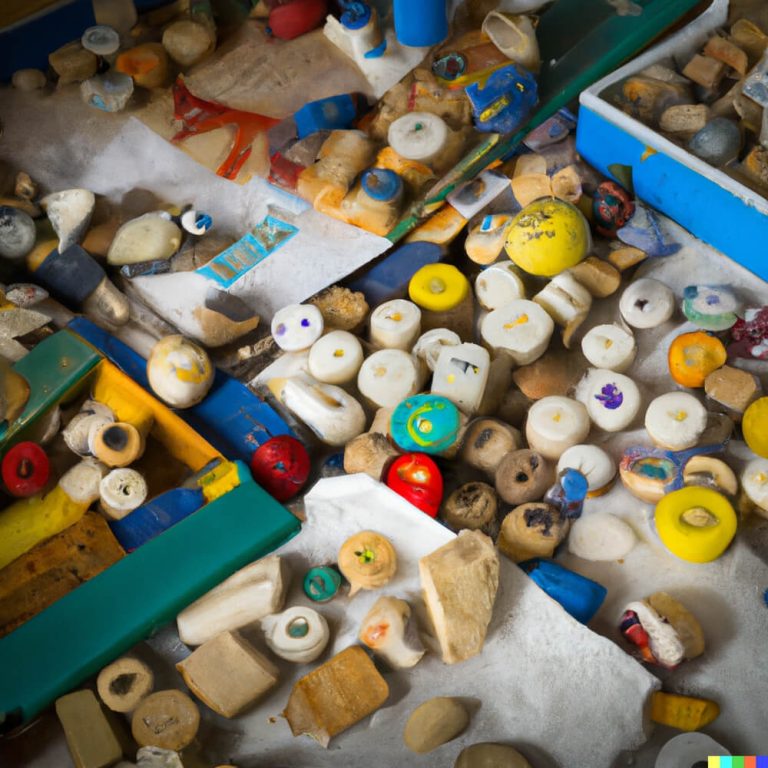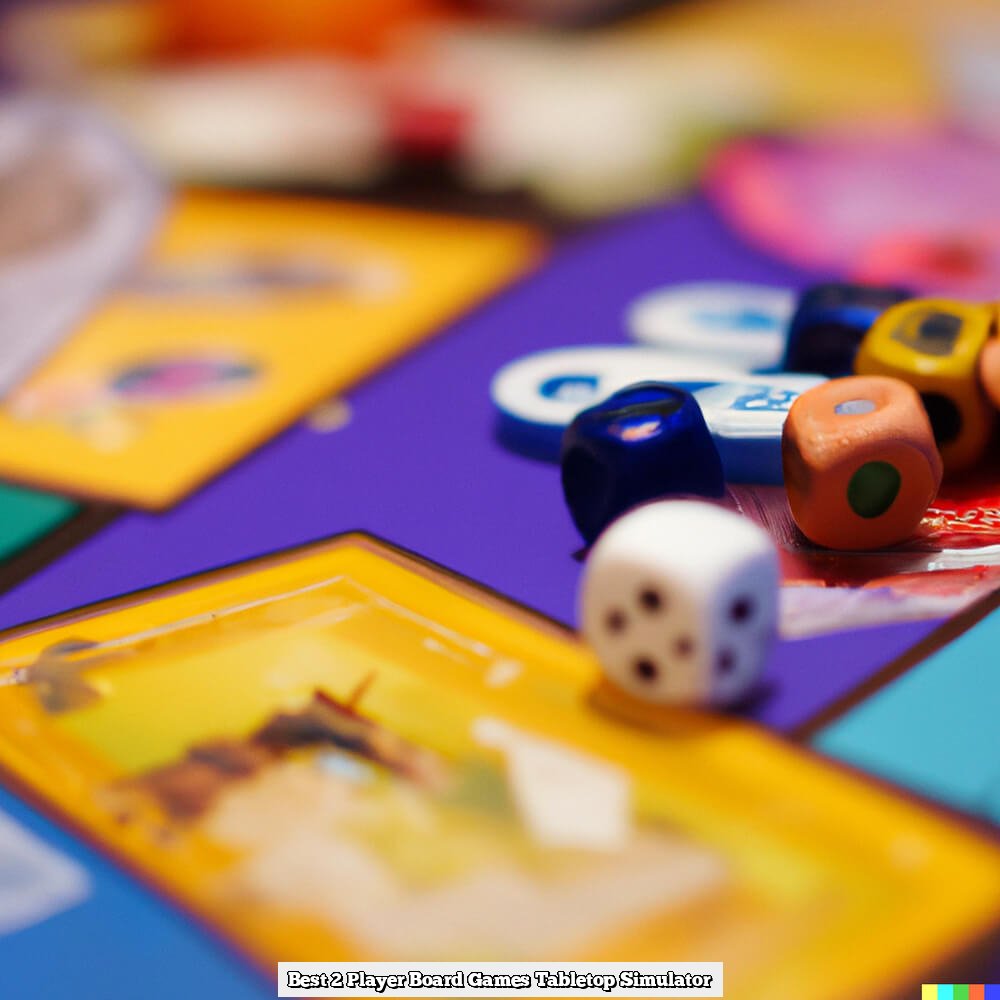Introduction to Tabletop Simulator
Tabletop Simulator is a digital board game platform available on Windows, Mac, and Linux. It allows players to virtually create and play an almost infinite number of board games with friends all over the world. Players can customize the physics of the pieces in Tabletop Simulator, allowing for more immersive playstyles that would be difficult to replicate physically. It is most popularly used with both classic tabletop games (like Chess or Monopoly) as well as pen-and-paper RPG systems (like Dungeons & Dragons).
Many top rated board games have been recreated by fans on Tabletop Simulator including the insanely popular Settlers of Catan, Splendor, Risk, Carcassonne, Heroes of Normandie, Ticket To Ride and many more. Dungeon Masters from around the world each provide their spin to these beloved titles by adding unique customizations incorporating scenarios to make every playing experience unique.
Players’ experiences using Tabletop Simulator are overwhelmingly positive and users keep coming back for more. Players describe it as ‘the closest thing to playing real life board games’ due to its realistic physics and detailed renderings of pieces built into the simulator. They’re able to interact with the boards just like a physical copy effectively making the virtual game indistinguishable from a traditional tabletop one thanks to Tabletop Simulators fully interactive environment.
Setting up Tabletop Simulator
Tabletop Simulator is a powerful simulation and game creation engine that allows you to develop and play various types of board games on your computer. To begin using Tabletop Simulator, you first need to download it from the Steam Store or from the Tabletop Simulator website. Once it is successfully installed on your device, you can configure the engine in several ways.
Device Setup – First make sure that your computer has sufficient RAM and storage space to run Tabletop Simulator smoothly by checking its system requirement on the Steam Store or website. Additionally, choose the type of controller that works with the game before launching it – most users prefer Playstation 4 or Xbox controllers because they allow for more precise movements in-game.
Networking – Establish a stable internet connection as some of Tabletop Simulator’s functionality requires it such as accessing online board games with friends and family. Games can also be played over local network but if one of the players has poor connection speeds there may be lags which could disrupt gameplay significantly.
Multiplayer Options – Experiment with different settings regarding number of people allowed on a single tabletop, chat options (e.g voice chat), conditions for starting a game (e.g choose whether anyone can join an existing game or not) etc., adjusting them depending on your preference before playing any multiplayer games. Lastly, once all these are set up correctly make sure that everyone has access to the same save file so no one will get stuck waiting at an older version of the game while others have advanced further in their playthroughs!
Designing Your Board Game
Building your board game in Tabletop Simulator can seem like a daunting task. However, with some careful planning there are numerous ways to create an impressive board game from start to finish quickly and easily.
Step 1: Brainstorming – First, decide on the concept for your game and make sure it’s a unique idea that hasn’t already been done. Make notes of how you want the game to be designed and carefully consider the visual elements that will be used.
Step 2: Create a Prototype – Use Tabletop Simulator’s assets to construct a plain prototype of your board game. Add pieces, cards, dice, and anything else necessary for gameplay. By testing out different pieces in different configurations you can start to get an idea of how your game should look and play.
Step 3: Design Visual Elements – Get creative with visual elements and design graphics that match the theme of your board game. These can be simple or complex depending on your preference but they should work together to form a cohesive aesthetic that conveys all of the information players need to understand the rules of your game.
Step 4: Finalize & Test – Before setting up for other people, make sure all components are working properly and test out any kinks in single player mode. After this initial test run, gather friends or family for playtesting so you can make notes about possible adjustments before publishing your board game online!
Adding Characters and Images
Adding characters and images to a board game on Tabletop Simulator is a fairly straightforward process. First, make sure that the assets you plan to use are in an accessible format. Next, navigate the “Tabletop” tab at the top left of your screen. Here, you can either drag and drop items from your file menu or upload directly from steam assets. When you’re ready to arrange your assets, click and drag to move them across the table and zoom in/out with two fingers on your mousepad/trackpad.
You also have additional options such as custom scaling using a numerical value or locking pieces into place using the right-click context menu after dragging an asset onto the table. If it’s not immediately obvious how to add additional images (including background textures) check out some tutorials available online. Lastly, video demonstrations by content creators will often illustrate more complex techniques so you can watch everything step-by-step before actually implementing it yourself.
Configuring Object Properties
Object properties allow you to customize the objects used in the game – the board, pieces, dice and cards. To access them, you can hover over an object in-game and click on ‘Properties’ from the options.
From here, you can rename the object as needed thanks to the given text field. You can also change how it behaves with checkboxes for things like ‘Global Common Use’ (make this object available to all players rather than just one) or ‘Automatic Move During Roll’ (let an object move by itself when dice are rolled).
You can also play around with what type of physics the objects have assigned to it. Some common tweaked settings include setting a card deck to only stay atop another card or having dice roll off if they collide with something else while they’re moving.
Ultimately, Board Game Maker Object Properties allows you to make all sorts of tweaks and changes, so don’t be afraid to get creative and find your own way to make it perfect!
Testing and Debugging
Testing your game before allowing others to play is essential for ensuring gameplay is balanced, entertaining and bug-free. Debugging can be time-consuming, but there are some strategies you can use to streamline the process. First, create a plan for each debug session that focuses on specific areas of the game. Next, make sure everything is properly tested and double-checked during playtesting sessions. Additionally, pay attention to any errors or bugs that come up during testing and work out how best to fix them quickly. Lastly, review the rules after each update before allowing others to continue playing. This allows you to catch any hidden issues that may not have seemed important earlier in development. With consistent and well-planned testing and debugging sessions, you can find and fix any bugs in your game before releasing it on Tabletop Simulator.
Creating a Multiplayer Game
Creating a successful game on Tabletop Simulator requires several key steps:
1. Preparing Your Game: Before inviting others to join you in playing, it is important that you be prepared and declare ahead of time which version of the game you will play and what the rules are. Have all the necessary components available, whether digital or physical. It is helpful to include detailed illustrations for complicated rules so players can easily familiarize themselves with the flow of gameplay.
2. Attracting Players: You will likely need to advertise your online game as social media posts or through gaming forums or websites where other tabletop gamers may be interested in joining in your session. Feel free to use any graphics related to the game and mention if this is part of a series or if newbies are welcomed (or preferred). Be patient and keep trying since getting enough players for a large game can take some time.
3. Creating an Enjoyable Experience: During the actual game session, make sure all players understand the rules before beginning and create an environment where everyone has a chance to ask questions and discuss strategy without being judged by other players. Monitor how long each round takes so as not to drag out playtime due to inexperience while also making sure that more experienced players don’t try to rush through rounds too quickly at the expense of new players catching up with strategy decisions.
The goal is to create an engaging game experience which draws people in and encourages them to stay connected even after their turn, provide feedback during breaks or while observing other turns, and even shares advice when possible but allows lots of space for natural conversation, banter, and laughter between different gamers from around the world!
Conclusion
When building a board game on Tabletop Simulator, here are some tips for continued success:
1. Try to keep the game as balanced as possible. You don’t want any one side to be overly powerful and have an easy path to victory. Balance is key when creating a competitive, enjoyable board game.
2. Make sure that all players understand the rules of the game before playing it and make sure you can answer any questions players have about the rules or mechanics of the game.
3. Keep your game accessible by providing tutorials and helpful resources like how-to videos, rulebooks and other material related to your game.
4. Test your board game with a variety of different types of players to make sure it’s fun and interesting for everyone who plays it.
5. Pay attention to feedback from players, either in reviews or on social media accounts associated with your board game. Be sure to use this feedback as an opportunity to improve upon any existing issues or concerns people might have with your product.
6. Stay current with new improvements in Tabletop Simulator such as new tools available for modding, advanced interface or networking options etc., which will help you keep your game up-to-date with important changes and stay ahead of the curve when competing against other games on Tabletop Simulator

I love playing all kinds of games – from classics like Monopoly to modern favourites like Ticket to Ride.
I created this blog as a way to share my love of board games with others, and provide information on the latest releases and news in the industry.





